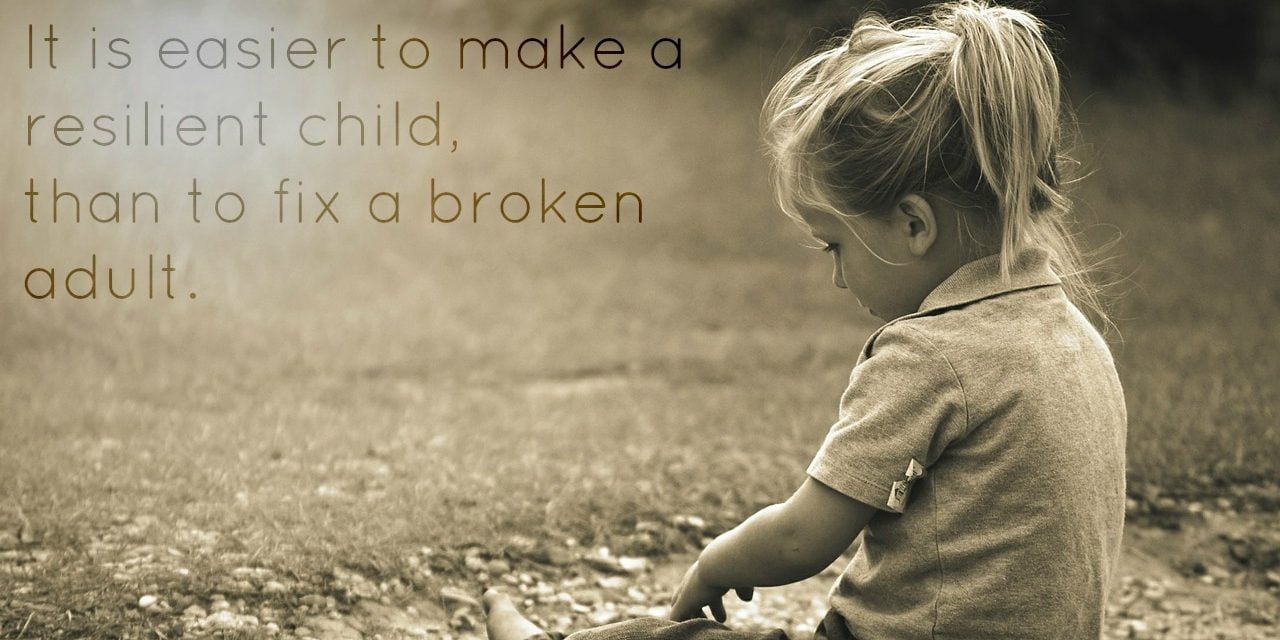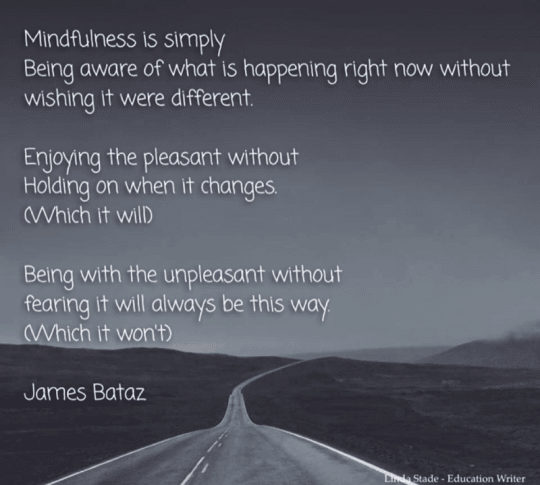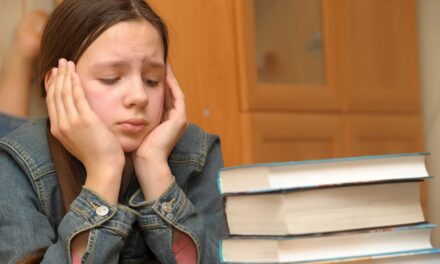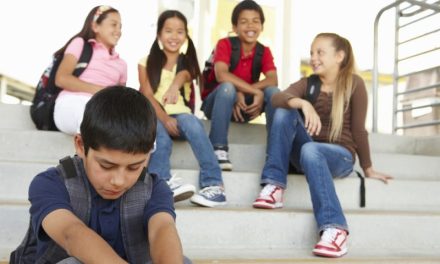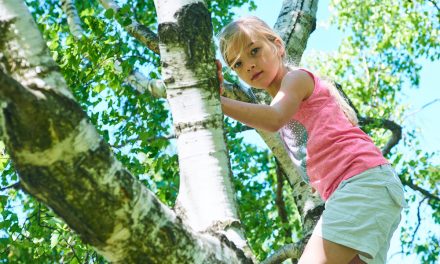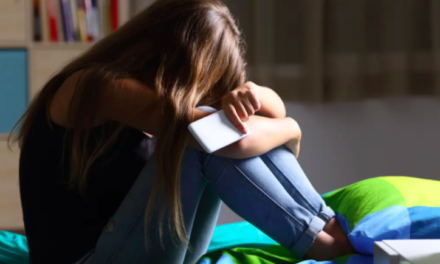Building resilience in children is one of the biggest challenges in education and parenting. Here are 5 powerful techniques that can aid parents and schools in this endeavour.
Resilience is the ‘it’ word of the decade when it comes to kids and their wellbeing. And so it should be. In the past, we have focused on problems one at a time. Drugs, bullying, peer pressure, self-esteem, cyber-safety, alcohol…we’ve tried to address them all.
The fact is, bad things happen and we can’t shield kids from them all. What we can do is build their ability to cope with adversity and challenge. That’s resilience. Resilience in an unpredictable world is one of the greatest gifts you can give your children. A measure of great resilience is if they can:
- Feel confident even when things are not going their way, and know that the bad things will end.
- Recover from loss while still acknowledging and experiencing it.
- Accept happiness and high points without worrying about when their good ‘luck’ will end.
So what are the factors that build resilience in children?
1. Safe Adults
Having a meaningful relationship with someone who is approachable and consistent is invaluable to a child. It is one of the pillars of building resilience. Usually, children have at least one parent who offers this safety. The majority of Australian children also perceive school to be a place where they can find safe adults. Once you move past safety and talk about connectedness, many children do not fare so well.
Resilient Youth Australia report that in a sample of over 91,000 Australian children, 25% of Years 3 – 4 students say they cannot identify an adult in their lives who listens to them. This figure dips in Years 5 – 6, but goes up to 32% in Years 7 – 8 and 39% in Years 9 – 10. Whether these figures represent reality or perception is interesting but ultimately irrelevant. It is their experience of the world.
When it comes to significant, caring adults more is definitely more for a child. A lighthouse person or a ‘sparent’ is a caring adult outside of the home. At many schools, younger students are encouraged to identify ‘Five on hand’. For every digit on one hand, they should be able to identify a dependable adult whom they feel they could turn to in times of crisis or even if they just feel as if they need to talk.
2. Ritual
I’m a big fan of ritual for children of all ages and for adults too. A ritual is a routine that has some kind of emotional significance or symbolism. They are repeated events and processes that occur in families, schools, workplaces, teams, countries and even in our global communities.
Rituals at home might be the way you celebrate birthdays or special holidays. At school, it might be singing the school song at the beginning of assembly or class celebrations at the end of term.
Ritual is inherent to all cultures worldwide. They are a method humans have developed to cope with change and to celebrate the cycles of life. The beauty of rituals comes in the safe space they provide for people. Weddings are different around the world but they all incorporate ritual and they all celebrate a new beginning.
Rituals provide a time when decisions don’t need to be made, anxious feelings are quieted and there is a sense that you belong to something bigger than yourself. You are connected and safe. Rituals keep kids centred, even in uncertain times. Ritual builds resilience.
3. Involvement in communities
When a child is part of a community they are part of something bigger than themselves. When you are part of something bigger than yourself you are stronger. You are more permanent and you have a greater sense of identity.
It is no accident that organisations like Alcoholics Anonymous operate in communities. They recognise the strength of humans sharing experiences. Communities that can benefit kids include neighbourhoods, clubs, church groups, sporting organisations, and school groups.
Schools tend to use the idea of communities very effectively. Most schools are divided into sub-schools, houses and year groups. They are then further divided into homeroom groups and classes. Each of these communities offers students a ‘home’ in the school.
A resilient child recognises that they have a place and that they belong. Belonging is the starting point to positive wellbeing and powerful education.
4. Mindfulness
There is a strong movement in schools across the world to incorporate mindfulness into their programs. Really, it is something that could be of benefit to everybody.
Mindfulness is the process of consciously listening to your thoughts and being aware of which ones should be ignored and which are valuable. It is your brain evaluating itself and ensuring you stay ‘in the now’. The past is often connected with regret, guilt and shame. The anticipated future is often tied to anxiety and worry. If kids can stay in the ‘now’, life is much calmer.
It might be helpful to think of your brain in two parts, one is sensible and rational, the other side is creative and fun but also prone to catastrophising, worrying and being anxious. You are being mindful when the rational part of your brain is aware of the creative side and able to pull it back into the present. Mindfulness training for children can:
- help them focus and concentrate on the moment rather than all the other things going on in life
- make them more aware of who they are and what they are
- cut down stressful thoughts and feelings
- help them have better relationships
- catch negative thoughts, and replace them with more effective ones
As a parent, role modelling mindfulness is particularly important. Be in the now. Don’t ‘do’ all the time. Just be. Just be present for your children.
5. Model Resilient Behaviour
It is impossible to stress too highly the importance of role modelling in teaching emotional regulation and resilience. Your children may not listen to a word you say but they see everything!
I don’t mean that you need to be stoic and keep your emotions hidden when something goes wrong. Not at all. What you need to do is role model recovery. There is no set time schedule for recovery, but discussion about the fact that it is happening is important. Talk about and name the feelings.
Kids should see that it is normal to experience ups and downs in life. They need to see and hear you recognise that the bad times will get better and the good times won’t last forever. That’s life.
Linda would love to meet you on her Facebook page here

